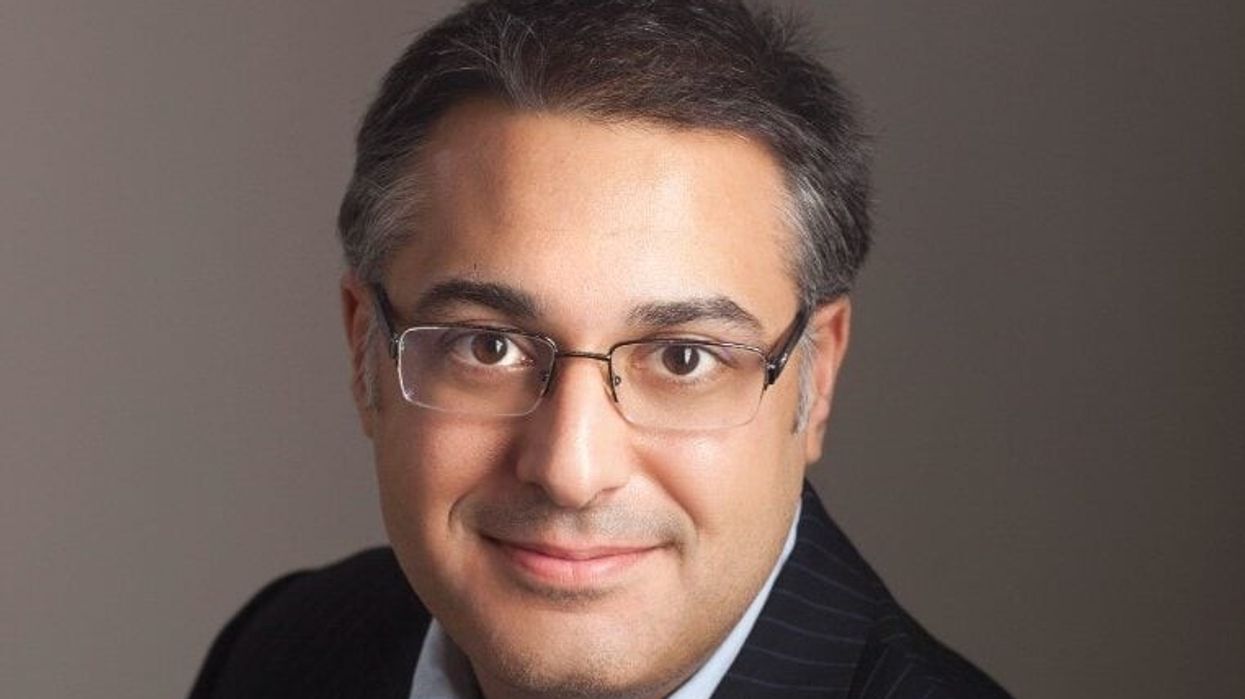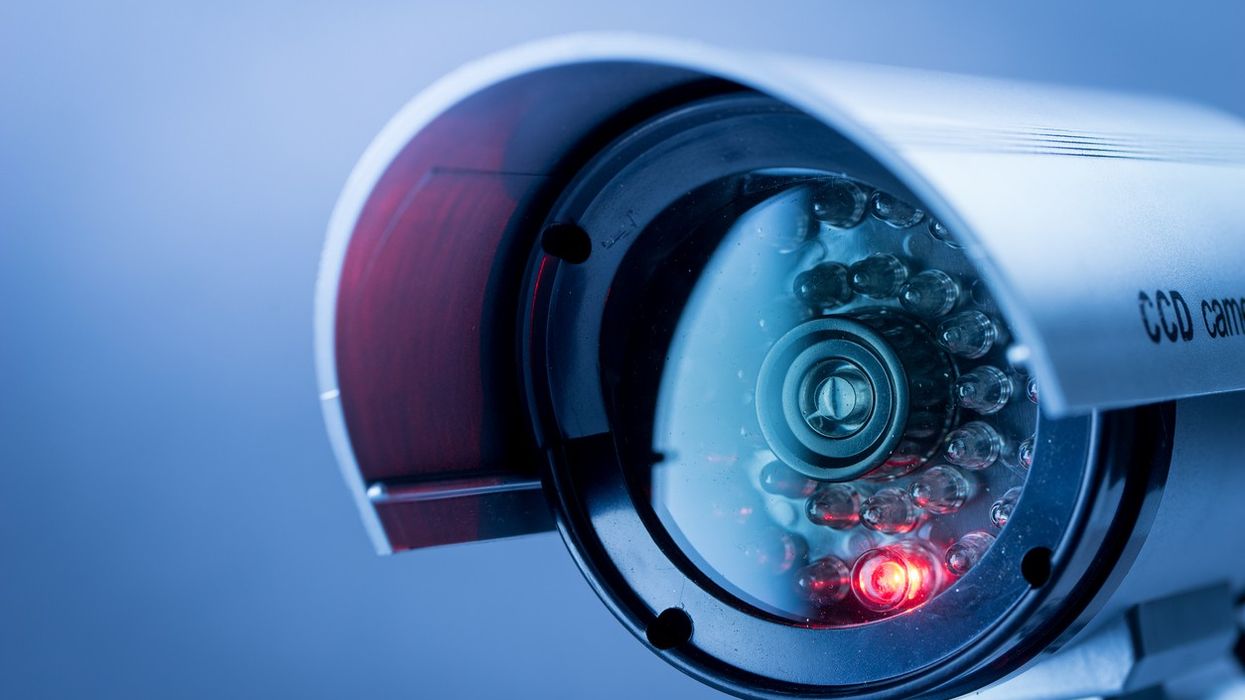GREAT Ormond Street Hospital (GOSH) has apologised after a review revealed that several children were subjected to "inappropriate and unnecessary" leg surgeries. These procedures were conducted by consultant orthopaedic surgeon Yaser Jabbar, who has since been suspended.
The surgeries caused severe harm, leaving children in pain and requiring further medical intervention.
The review, first reported by the BBC, highlighted concerns about the surgeries performed between 2015 and 2020. The procedures were described as not only inappropriate but also unnecessary.
In one case, a child had to undergo five further operations to rectify the damage caused by the initial surgery. According to the BBC, the review noted that some children were left with long-term complications, including pain and reduced mobility.
According to UAE's Orthocure Hospital, Jabbar is a consultant orthopaedic surgeon with over 20 years of experience. He is fellowship-trained in limb reconstruction and paediatric orthopaedics and is internationally sought after for both paediatric and adult trauma and reconstruction.
Jabbar has worked in the UAE and the UK, including at SSMC, Abu Dhabi, the country’s largest trauma centre. He qualified from SGHMS, University of London, and completed his orthopaedic training in Oxford and London. He also holds an MSc in Orthopaedic Engineering from Cardiff University.
The Guardian reported that Jabbar was suspended in March 2020 after the concerns were first raised. The hospital initiated a review of 38 children who underwent surgery under his care. Of those, the review found that seven children had been severely harmed. The hospital has since contacted the families involved and offered support. A statement from Great Ormond Street Hospital said, "We apologise unreservedly to the children and families who have been affected by these failings."
In response to the findings, GOSH announced that it has implemented several changes to its surgical oversight processes. (Photo: Getty Images)According to Sky News, the Royal College of Surgeons was brought in to review Jabbar’s work and provided recommendations to ensure patient safety in the future. The college’s report concluded that the procedures were not in line with best practices, leading to unnecessary harm to patients. The report also stated that GOSH had failed in its oversight, raising questions about the hospital's ability to monitor surgical practices.
In response to the findings, GOSH announced that it has implemented several changes to its surgical oversight processes. The hospital has strengthened its internal procedures to prevent similar incidents in the future. "We are committed to learning from these tragic events and ensuring they never happen again," the hospital said.
Jabbar has not publicly commented on the findings. Meanwhile, investigations into his work continue. The General Medical Council (GMC) is also involved, reviewing Jabbar’s conduct as part of its ongoing investigation. The results of the GMC's inquiry are expected later this year.













